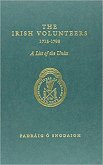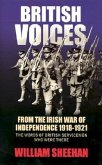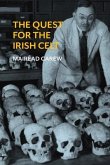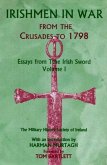Political events in the period between the 1916 Rising and the Truce of 1921 are well documented, but the experience of Volunteers at local level has not been extensively analysed before now. As a result it has so far been impossible to provide a satisfactory explanation for the fact that the IRA was so much more active in the south-west than in other areas. Augusteijn is the first to compare the way in which ordinary people in various parts of the country became involved with the IRA and what they did once they had joined. He examines the interaction on a personal level between the IRA, Crown Forces, and the population of five different counties: Derry Dublin, Mayo, Tipperary and Wexford, and concludes that the form this interaction took played a crucial role in the extent to which violence was used. He thus provides an insight into the reasons why some young men became increasingly willing to use violence, and offers a new explanation for the dominance of southwestern units in the Wa







